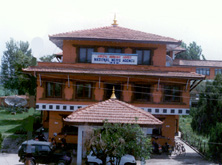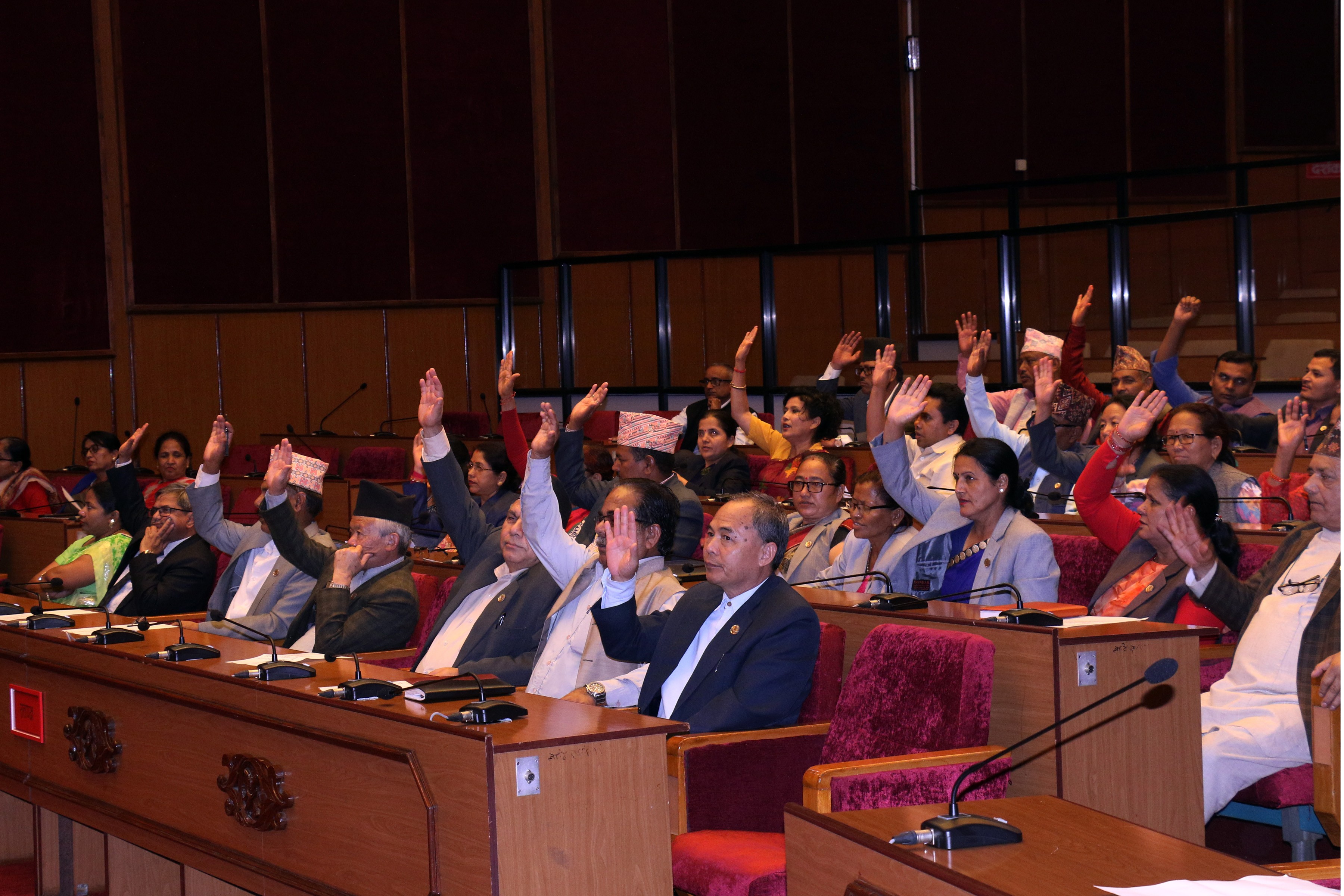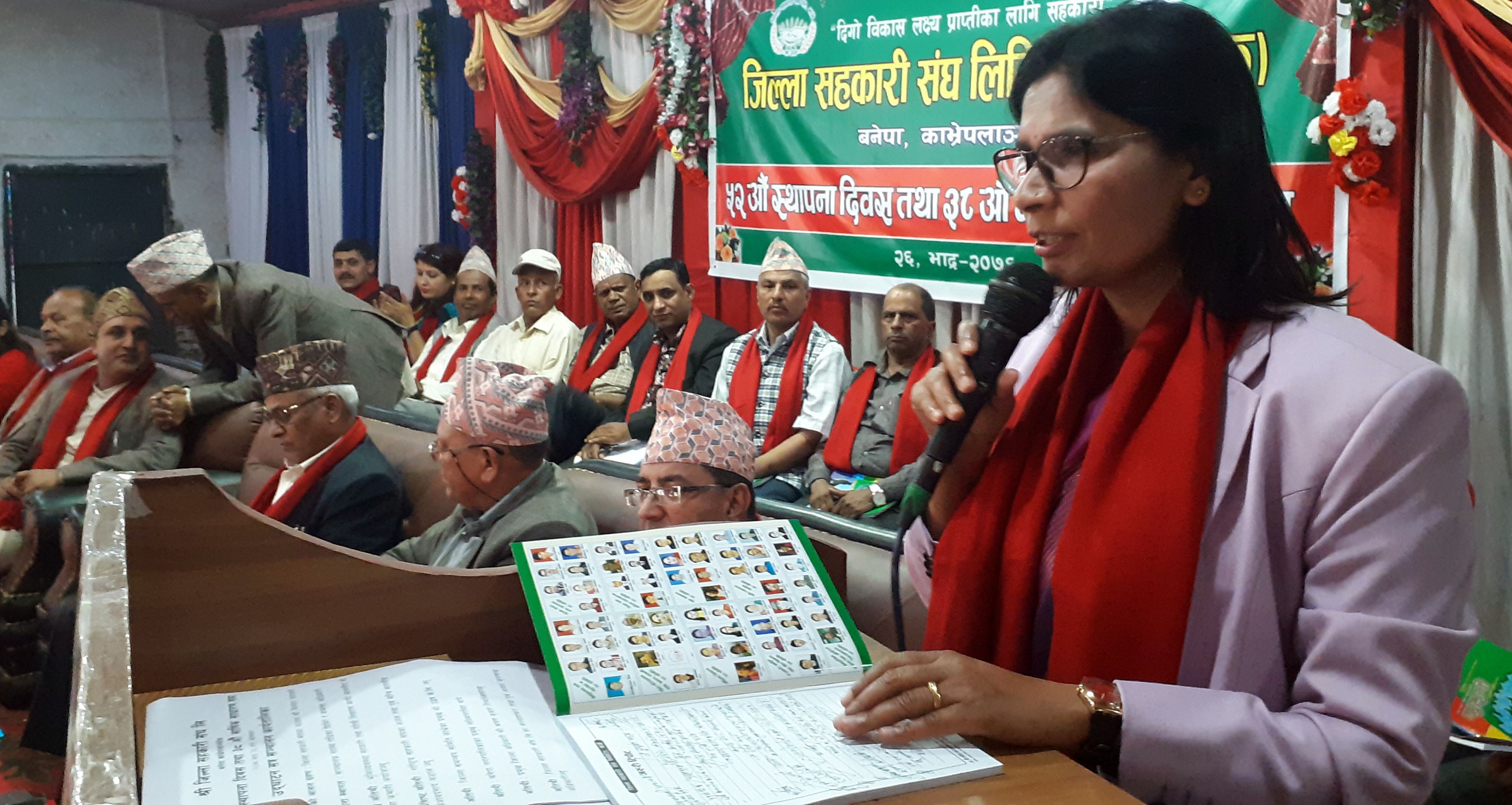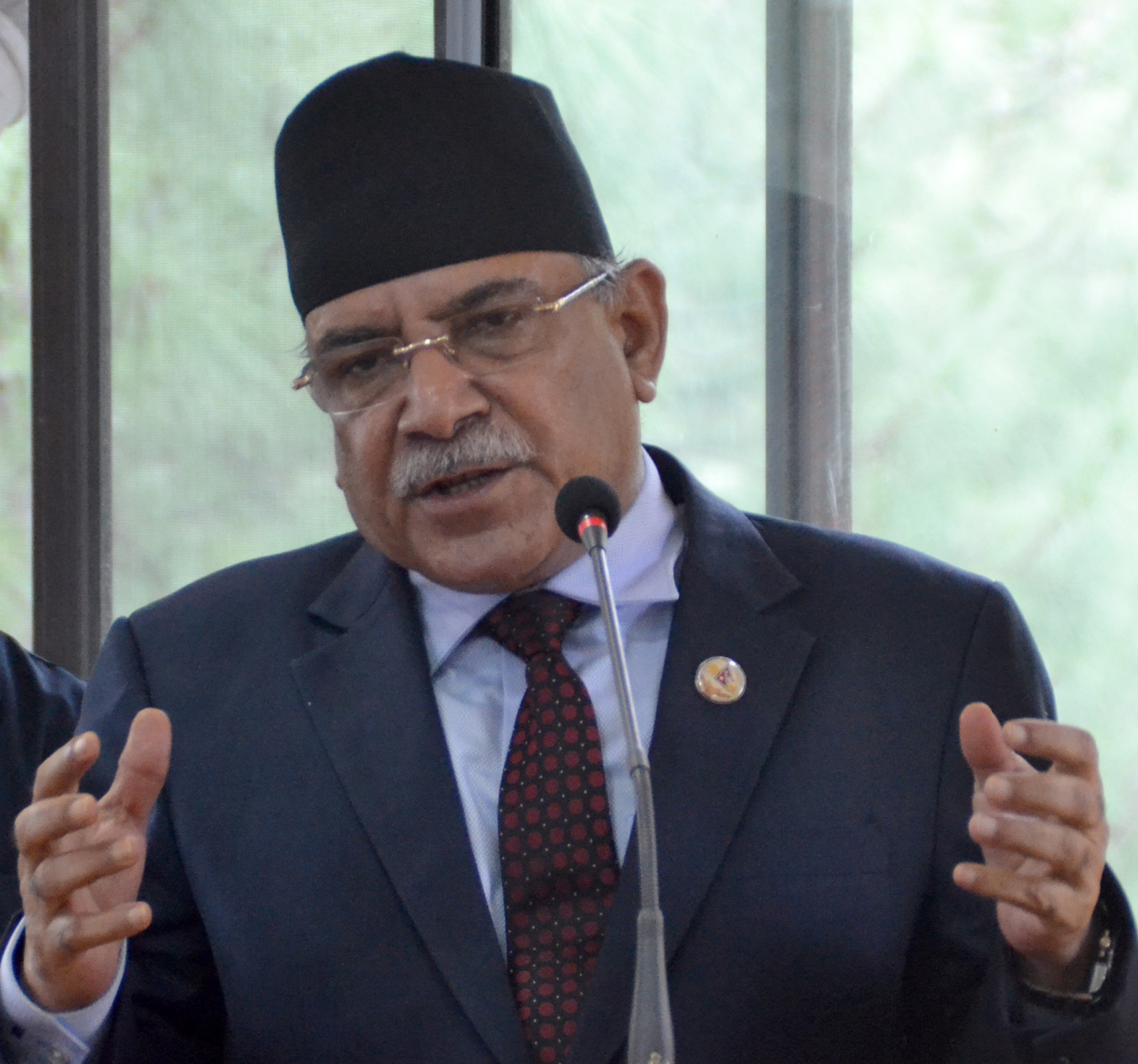State 2 with highest number of leprosy patients
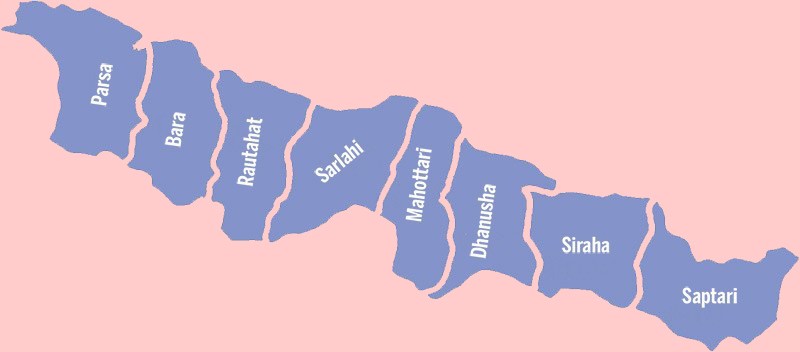
Kathmandu, Jan 26: Though Nepal had announced the elimination of leprosy at the national level on 19th January 2010, it still makes its presence in 17 districts. The state of elimination is understood when there is no more than a single case of leprosy among per 10,000 populations.
The government aims to make the country totally free from leprosy by 2020. Jhapa, Morang, Udaypur, Bara, Dhanusha, Mahottari, Parsa, Rautahat, Sarlahi, Siraha, Banke, Bardiya, Kapilvastu, Nawalparasi West, Rupandehi, Kailali and Achham has the higher rate of leprosy cases than the elimination level.
The data of the past nine years indicate that annually some 3,000 new leprosy cases are identified in the country, according to the Epidemiology and Disease Control Division.
Information about this was shared at an interaction programme organised on the occasion of the 67th World Leprosy Day here today. Last fiscal year, a total of 3,282 new leprosy patients were indentified in the country.
The highest number 1,484 is in the State 2 followed by 719 in State 5, 471 in State 1, 266 in Sudur Paschim, 165 in Bagmati, 89 in Karnali and 88 in Gandaki State.
Till the end of the last fiscal, 2,921 patients were under medical treatment, as said by Leprosy Control and Disability Management Section (under the Division)'s Officiating Chief Dr Uttam Ghimire.
It is estimated that leprosy has so far caused disabilities on over 31,000 affected and the number of those undergoing a complete multi-drugs course is over 192 thousands.
Leprosy is caused by mycobacterium leprae and it is one of the least communicable diseases. Ninety-five percent people have the resistant capacity against its bacteria which is transmitted from humans to humans.
It is mainly transmitted by a respiratory route in case of a long association with the infected. It is totally curable, according to Dr Ghimire. Following one dose of multi-drugs course, 99 percent of its bacteria become significantly inactive.
Recent News

Do not make expressions casting dout on election: EC
14 Apr, 2022
CM Bhatta says may New Year 2079 BS inspire positive thinking
14 Apr, 2022
Three new cases, 44 recoveries in 24 hours
14 Apr, 2022
689 climbers of 84 teams so far acquire permits for climbing various peaks this spring season
14 Apr, 2022
How the rising cost of living crisis is impacting Nepal
14 Apr, 2022
US military confirms an interstellar meteor collided with Earth
14 Apr, 2022
Valneva Covid vaccine approved for use in UK
14 Apr, 2022
Chair Prachanda highlights need of unity among Maoist, Communist forces
14 Apr, 2022
Ranbir Kapoor and Alia Bhatt: Bollywood toasts star couple on wedding
14 Apr, 2022
President Bhandari confers decorations (Photo Feature)
14 Apr, 2022
